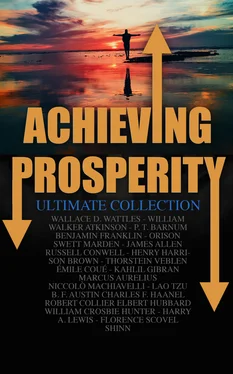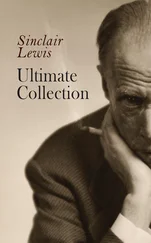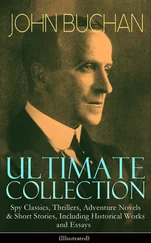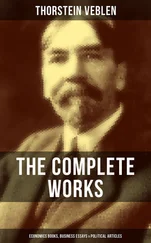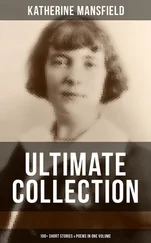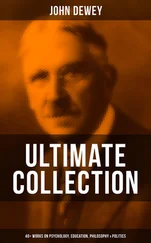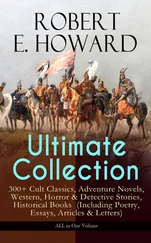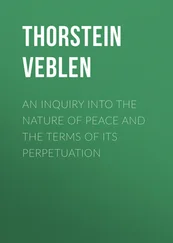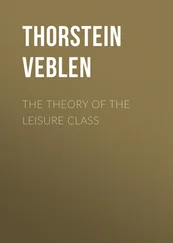The book was at first written in a most cursory manner the chapters got up without any order or reference to each other, and afterward arranged. As the impression sought to be conveyed was a serious one, it would clearly not do to commence with the extravagant and absurd theories to which it was intended that the reader should gradually be led. The scientific portion of the work was therefore given first, and was made as grave and terse and unobjectionable as possible; and merely urged, by arguments drawn from science and history, that the blending of the different races of men resulted in a better progeny. As the work progressed, they continued to “pile on the agony,” until, at the close, the very fact that the statue of the Goddess of Liberty on the Capitol, is of a bronze tint, is looked upon as an omen of the color of the future American!
“When the traveler approaches the City of Magnificent Distances,” it says, “the seat of what is destined to be the greatest and most beneficent power on earth, the first object that will strike his eye will be the figure of Liberty surmounting the Capitol; not white, symbolizing but one race, nor black, typifying another, but a statue representing the composite race, whose sway will extend from the Atlantic to the Pacific Ocean, from the Equator to the North Pole—the Miscegens of the Future.”
The Book once written, plans were laid to obtain the indorsement of the people who were to be humbugged. It was not only necessary to humbug the members of the Reform and Progressive party, but to present—as I have before said—such serious arguments that Democrats should be led to believe it as a bona fide revelation of the “infernal” designs of their antagonists. In both respects there was complete success. Although, of course, the mass of the Republican leaders entirely ignored the book, yet a considerable number of Anti-Slavery men, with more transcendental ideas, were decidedly “sold.” The machinery employed was exceedingly ingenious. Before the book was published, proof-copies were furnished to every prominent abolitionist in the country, and also to prominent spiritual mediums, to ladies known to wear Bloomers, and to all that portion of our population who are supposed to be a little “soft” on the subject of reform. A circular was also enclosed, requesting them, before the publication of the book, to give the author the benefit of their opinions as to the value of the arguments presented, and the desirability of the immediate publication of the work; to be inclosed to the American News Company, 121 Nassau street, New York—the agents for the publishers. The bait took. Letters came pouring in from all sides, and among the names of prominent persons who gave their indorsements were Albert Brisbane, Parker Pillsbury, Lucretia Mott, Sarah M. Grimke, Angelina G. Weld, Dr. J. McCune Smith, Wm. Wells Brown. Mr. Pillsbury was quite excited over the book, saying; “Your work has cheered and gladdened a winter-morning, which I began in cloud and sorrow. You are on the right track. Pursue it, and the good God speed you.” Mr. Theodore Tilton, upon receiving the pamphlet, wrote a note promising to read it, and to write the author a long and candid letter as soon as he had time; and saying, that the subject was one to which he had given much thought. The promised letter, I believe, however, was never received; probably because, on a careful perusal of the book, Mr. Tilton “smelt a rat.” He might also have been influenced by an ironical paragraph relating to himself, and arguing that, as he was a “pure specimen of the blonde,” and “when a young man was noted for his angelic type of feature,” his sympathy for the colored race was accounted for by the natural love of opposites. Says the author with much gravity:
“The sympathy Mr. Greeley, Mr. Phillips and Mr. Tilton feel for the negro is the love which the blonde bears for the black; it is the love of race, a sympathy stronger to them than the love they bear to woman. It is founded upon natural law. We love our opposites. It is the nature of things that we should do so, and where Nature has free course, men like those we have indicated, whether Anti-Slavery or Pro-Slavery, Conservative or Radical, Democrat or Republican, will marry and be given in marriage to the most perfect specimens of the colored race.”
So far, things worked favorably; and, having thus bagged a goodly number of prominent reformers, the next effort was to get the ear of the public. Here, new machinery was brought into play. A statement was published in the “Philadelphia Inquirer” (a paper which, ever since the war commenced, has been notorious for its “sensation” news,) that a charming and accomplished young mulatto girl was about to publish a book on the subject of the blending of the races, in which she took the affirmative view. Of course, so piquant a paragraph was immediately copied by almost every paper in the country. Various other stories, equally ingenious and equally groundless, were set afloat, and public expectation was riveted on the forthcoming work.
Some time in February last, the book was published. Copies, of course, were sent to all the leading journals. The “Anglo-African,” the organ of the colored population of New York, warmly, and at great length, indorsed the doctrine. The “Anti-Slavery Standard,” edited by Mr. Oliver Johnson, gave over a column of serious argument and endorsement to the work. Mr. Tilton, of the “Independent,” was not to be caught napping. In that journal, under date of February 25, 1864, he devoted a two-column leader to the subject of Miscegenation and the little pamphlet in question. Mr. Tilton was the first to announce a belief that the book was a hoax. I quote from his article:
“Remaining a while on our table unread, our attention was specially called to it by noticing how savagely certain newspapers were abusing it.”
* * *
“The authorship of the pamphlet is a well-kept secret; at least it is unknown to us. Nor, after a somewhat careful reading, are we convinced that the writer is in earnest. Our first impression was, and remains, that the work was meant as a piece of pleasantry—a burlesque upon what are popularly called the extreme and fanatical notions of certain radical men named therein. Certainly, the essay is not such a one as any of these gentlemen would have written on the subject, though some of their speeches are conspicuously quoted and commended in it.”
* * *
“If written in earnest, the work is not thorough enough to be satisfactory; if in jest, we prefer Sydney Smith—or McClellan’s Report. Still, to be frank, we agree with a large portion of these pages, but disagree heartily with another portion.”
* * *
“The idea of scientifically undertaking to intermingle existing populations according to a predetermined plan for reconstructing the human race—for flattening out its present varieties into one final unvarious dead-level of humanity—is so absurd, that we are more than ever convinced such a statement was not written in earnest!”
Mr. Tilton, however, hints that the colored race is finally in some degree to form a component part of the future American; and that, in time, “the negro of the South, growing paler with every generation, will at last completely hide his face under the snow.”
One of the editorial writers for the “Tribune” was so impressed with the book that he wrote an article on the subject, arguing about it with apparent seriousness, and in a manner with some readers supposed to be rather favorable than otherwise to the doctrine. Mr. Greeley and the publishers, it is understood, were displeased at the publication of the article. The next morning nearly all the city journals had editorial articles upon the subject.
The next point was, to get the miscegenation controversy into Congress. The book, with its indorsements, was brought to the notice of Mr. Cox, of Ohio (commonly called “Sunset Cox;”) and he made an earnest speech on the subject. Mr. Washburne replied wittily, reading and commenting on extracts from a work by Cox, in which the latter deplored the existence of the prejudice against the Africans. A few days after, Mr. Kelly, of Pennsylvania, replied very elaborately to Mr. Cox, bringing all his learning and historical research to bear on the topic. It was the subject of a deal of talk in Washington afterward. Mr. Cox was charged by some of the more shrewd members of Congress with writing it. It was said that Mr. Sumner, on reading it, immediately pronounced it a hoax.
Читать дальше
